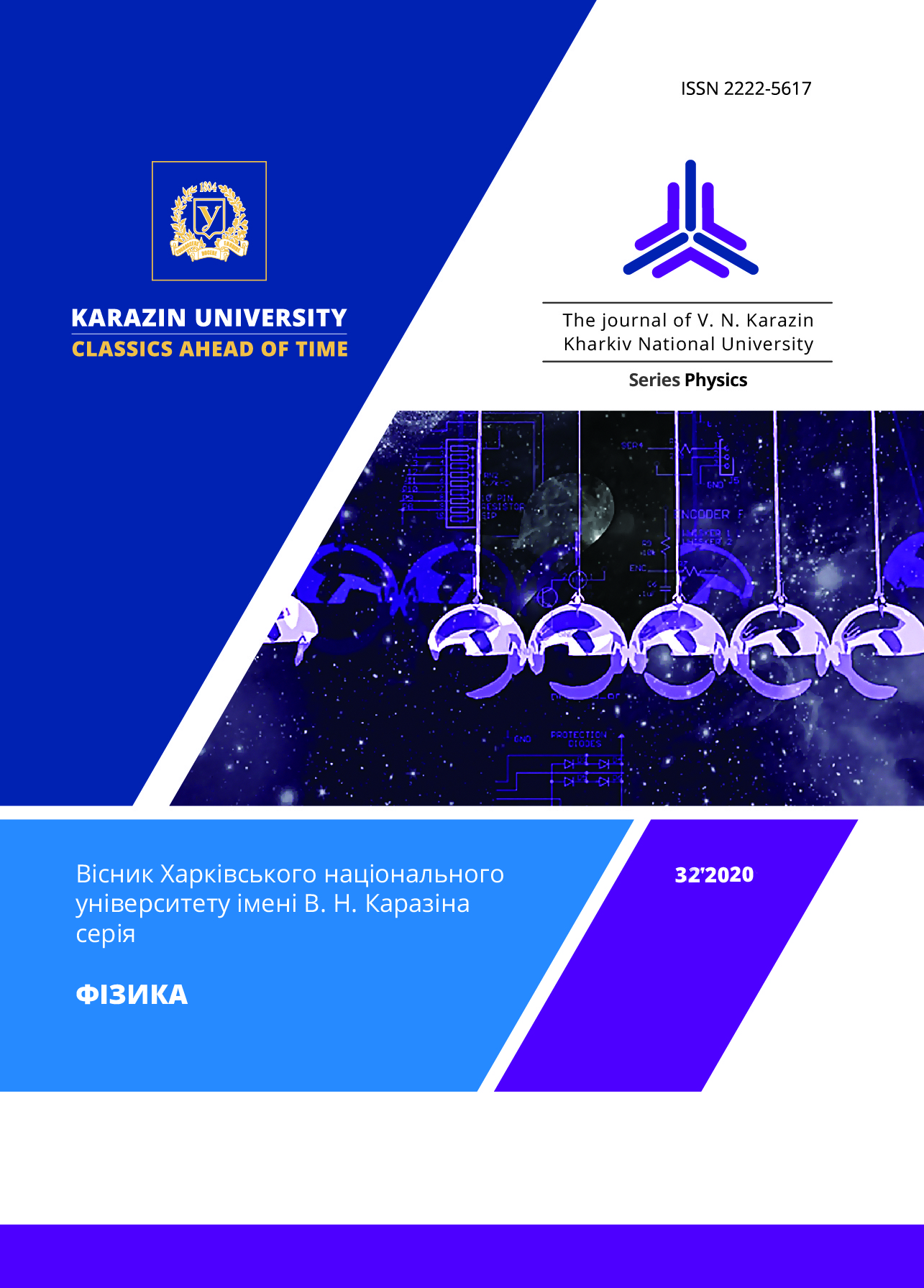Effect of Temperature of Severe Plastic Deformation on Mechanical Properties of High Entropy Alloy CoCrFeNiMn
Abstract
High entropy alloy (HEA) CoCrFeNiMn was produced by arc melting of the components in high-purity argon atmosphere with
consequent multiple homogenization annealing. The disc-shaped samples with diameter 10 mm and thickness of ~ 1 mm were produced
from the ingots obtained. These samples were subjected to severe plastic deformation by high pressure torsion (HPT) in Bridgman
anvil at a hydrostatic pressure of 6 GPa and at temperature 77 K. Plungers have been rotated for 5 times at a speed of 0.2 rot/min that
allows to produce uniform nanocrystalline structural state with average grain size of less than 100 nm. Mechanical tests have been
provided under conditions of uniaxial compression of rectangular samples with size 1.3×0.6×0.6 mm3. The samples were cut from the
discs after HPT at a distance of 3 mm form disc centre. The analysis of stress-strain curves have been made in the temperature range
of 300-4.2 K for the obtained nanostructured state. It was found that yield stress value monotonically increasing from 1.44 GPa to 2.48
GPa while the temperature decrease from 300 K to 4.2 K, which is typical for thermally activated character of plastic deformation.
Anomalous decrease in yield strength values in comparison with the same values for nanostructured HEA after HPT at 300 K was
established in all the temperature range (300-4.2 K) for the structural state after HPT at 77 K.
The conducted analysis have been shown that the observed anomalous behaviour of yield strength during active deformation is conditioned by peculiarities of microsturcture appearing after cryodeformation by HPT at 77 K, in particular by formation of martensite phase with hcp lattice and connected with this decrease in dislocation density. It was shown that peculiarities of microstructure after HPT at 77 K effect considerably not only on strength of the alloy in local areas, i.e. its microhardness value, but also on the acting stresses responsible for the plastic deformation process under conditions of active deformation of nanocrystalline HEA CoCrFeMnNi.
Downloads
References
W. Yeh, S.K. Chen, S.J. Lіn, J.Y. Gan, T.S. Chіn, T.T. Shun, C.H. Tsau, S.Y. Chang. Adv.Eng.Mater., 6, 299 (2004).
B. Cantor, І.T.H. Chang, P. Knіght, A.J.B. Vіncent. Mater.Scі.Eng., A375-377, 213 (2004).
M.A. Laktionova, E.D. Tabchnikova, Z. Tang, and P.K. Liaw. Low Temp.Phys., 39, 7, 630 (2013).
E.D. Tabachnikova, M.A. Laktionova, Yu.A. Semerenko, S.E. Shumilin, and A.V. Podolskiy. Low Temp.Phys., 43, 9, 1108 (2017).
A.D. Pogrebnoak, I.V. Yakushchenko, A.A. Bagdasaryan, O.V. Bondar, R. Krause-Rehberg, G. Abadias, P. Chartier, K. Oyoshi, Y. Takeda, V.M. Beresnev, O.V. Sobol. Mater.Chem.Phys., 83, 11, 1027 (2014).
A.V. Podolskiy, E. Schafler, E.D. Tabachnikova, M.A. Tikhonovsky, and M.J. Zehetbauer. Low Temp.Phys., 44, 9, 1245 (2018).
Aleksey V Podolskiy, Yuriy O Shapovalov, Elena D Tabachnikova, Aleksandr S Tortika, Mikhail A Tikhonovsky, Bertalan Joni, Eva Odor, Tamas Ungar, Stefan Maier, Christian Rentenberger, Michael J Zehetbauer, Erhard Schafler. Adv. Eng. Mater., 22, 1, 1900752 (2020).
A.G. Evans, R.D. Rawlings. Phys.Stat.Sol., 34, 9, (1969)
V.V. Pustovalov. Low Temp.Phys., 34, 683 (2008).
V.V. Pustovalov. Low Temp.Phys. 26, 375 (2000).
V.V. Pustovalov, V.S. Fomenko. Plastic deformation of crystals at low temperatures, (Naukova Dumka, Kiev, 2012), 356 p. (В.В. Пустовалов В.С. Фоменко. Пластическая деформация кристаллов при низких температурах, (Наукова думка, Киев)) [in Russian]
B. Obst and A. Nyіlas. Mater.Scі.Engіn., A 137, 141 (1991).
B. Skoczen’, J. Bіelskі, S. Sgobba, and D. Marcіnek. Іntern.J.Plastіcіty, 26, 1659 (2010).
V.S. Bobrov, M.A. Lebedkin. Physics Of The Solid State, 35, 1881 (1993).
V.S. Bobrov, M.A. Lebedkin. Physics Of The Solid State, 31, 120 (1989).
F. Otto, A. Dlouhyr, Ch. Somsen, H. Bei, G. Eggeler, E.P. George. Acta Mater., 61, 5743 (2013).
M. Komarasamy, N. Kumar, Z. Tang, R.S. Mishra & P.K. Liaw. Mater.Res.Lett., 3, 1, 30, (2015).








3.gif)
